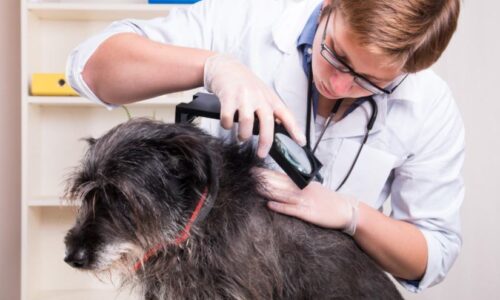People tend to stereotype cats and dogs as mortal enemies. Felines may be aloof, but that doesn’t mean they can’t get along with territorial canines. What these animals both need is your guidance so they can build a friendship that can last a lifetime.
It’s possible to have a pet cat and dog under one roof. However, you need proper preparation for this to happen. The relationship between your cat and dog shouldn’t be just tolerating each other, but something pleasant, much like siblings getting along.
Here, a pet food provider in Dubai takes you through five excellent tips that will help ensure that your pet dog and cat will grow to love one another.

1. Consider personality over breed.
It’s the personality and not the breed that you need to take into account when helping a cat and dog to get along with each other. For instance, if your dog is aggressive and territorial, he won’t be a good fit in a home with a panicky cat. On the other hand, a senior dog may not like sharing his space with a rowdy kitten.
If your two pets’ personalities don’t match, consider having a backup plan by setting a household arrangement that keeps both animals separated. For pet adoptions, you may want to do your homework first and ask previous owners or the shelter if the cat or dog has lived together with other animals and can get along with them.
2. Give a cat his own territory before meeting the dog
A cat will need his own “base camp” or protective space that’s off-limits to the dog. This will make your feline friend feel safe so that he can confidently navigate through the house without trouble from the other canine pet.
Since your cat is a natural climber, take advantage of vertical space. When you shop for pet supplies, buy tall cat trees. Don’t forget to get pet beds for both your cat and your dog.
3. Train your dog for proper behavior
To set up your canine pal for success in terms of living with a cat, teach him to control his impulses. If your dog leaps across the table when someone drops something, or goes on high alert when he sees a squeaky toy, he may not be great with a cat right off the bat. This is an indication that your pooch will likely jump up whenever it sees a feline.
Hold off your dog’s meeting with the cat until he learns to stay put. Even if you’ve successfully trained your pup, still keep a leash handy, especially during the first few cat-dog meetings.
4. Give your dog enough exercise
Compared to cats who love to laze around all day, dogs have a lot of energy that they need to let out. It’s important that you let your pooch release his energy somewhere else so that he can control himself whenever he’s around a feline.
Dogs need plenty of stimulation; give him enough so that he’s less likely to satisfy his need for it by chasing a cat. Instead of just taking a mere walk in the park, try to play a game of fetch with your canine.
5. Plan the first meeting carefully
Like humans, cats and dogs only have one chance to make a good first impression. Before the face-to-face introduction, allow both animals to sniff each other’s bedding and toys. This will help your pets satisfy their curiosity to prevent possible turf battles.
Set up the face time between animals during mealtime. However, keep your pooch on a leash and both pets on opposite sides of a closed door. The animals won’t be able to see each other, but they will catch each other’s scents while eating their own food. Eventually, your pets will begin to associate the smell of one another with food, making it a “good thing.”
Continue feeding the cat and dog in a separate room for several weeks before gradually introducing visual simulation. At this point, you’ll see your pets eating side by side, ignoring each other. But for safety’s sake, continue keeping your pooch on a leash until you feel it’s safe.
Start at a young age
Socializing a cat and a dog is much more effective when both are at a young age. During this time, both animals are still “trainable sponges” that easily absorb new information and situations. Moreover, dogs are less confident in this stage of life, allowing the cat to assume his position in the home.
To ensure everything goes smoothly, remain watchful over your cat and dog’s relationship. If you see something wrong, act as a parent and discipline them properly.

